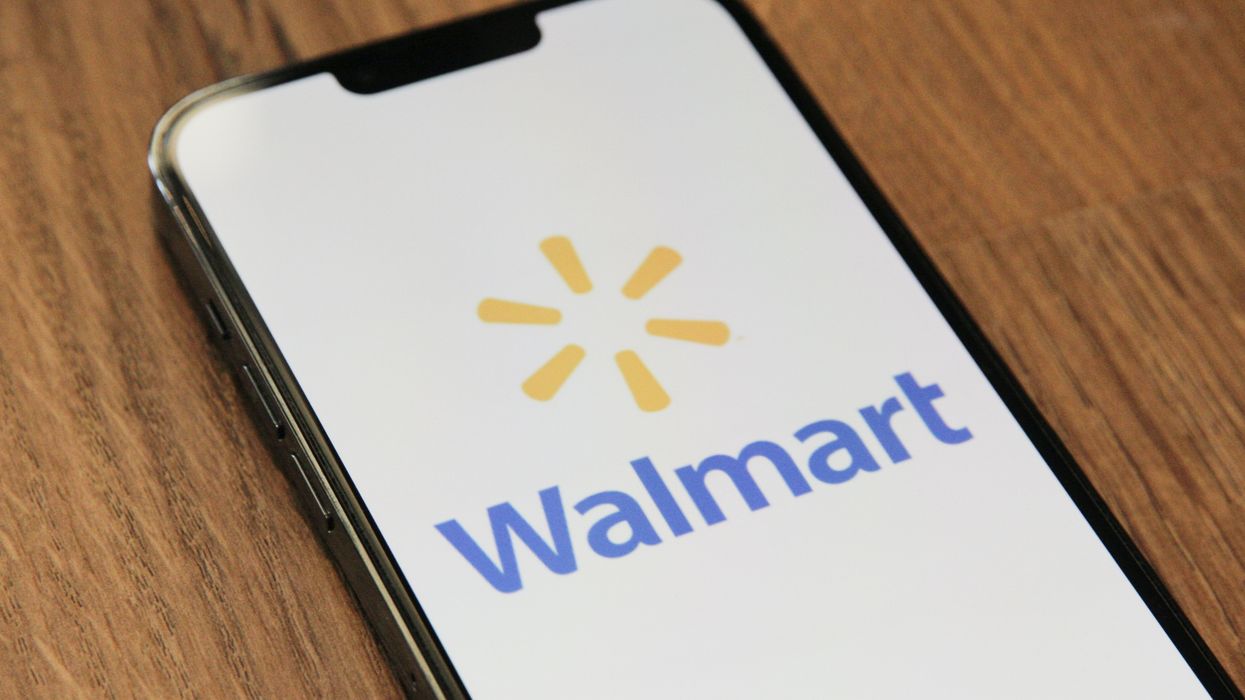Social media looms large in ecommerce, and will continue to do so as long as platforms gather audiences that prove to be interested in finding new products as they scroll and like content.
Yet as online shopping and social networks evolve, a key question remains: Will social media remain primarily a place where consumers find new products through advertising and placements, or will it continue to evolve into the singular place where people shop and buy goods, as well?
That question gained new relevance this week as details emerged on how Instagram is making big changes to its shopping strategy. According to The Information, Instagram plans to remove its existing Shop page due to what an internal memo called “shifts in company priorities.” It will also eventually remove the homepage button that directs users to the Shop page. These moves are part of a wider social commerce pullback. Per The Information, other features being shelved include “creator commerce” within Instagram shopping, a “Friends & Family Shopping” section, community-driven shopping projects, and visual search. It also shut down an affiliate commerce program that enabled creators to earn commissions from product tags in favor of a Creator Marketplace that connects brands and creators.
The Information reports that a “new northstar” for Instagram’s commerce organization will tie it more directly to advertising revenue. Instagram is not abandoning all shopping, but it will now test have a “simpler and less personalized” feature dubbed “Tab Lite” that is being introduced publicly this week.
Still, the moves are a product-level outgrowth of a strategic change taking place at Meta, which owns Instagram. As The Information notes, “The shopping shift is a major reversal for CEO Mark Zuckerberg, who over the past two years had made it a top priority to turn the Facebook and Instagram apps into shopping destinations, in part to help Meta replace the data lost as a result of Apple’s steps to curb ad tracking.”
Instagram has played an outsized role in ecommerce. Its visually-focused layout made it an ideal place to sell products, and that was accomplished in spades not only through ads, but also as brands worked with influencers to showcase their apparel in vibrant settings, or display their home goods in stylish abodes. By giving up-and-coming brands the ability to get their products into the posts of users with massive followings, Instagram proved to be a particularly potent channel for direct-to-consumer startups.
This role puts Instagram at a distinct place in the shopping journey: It is first and foremost a place to find out about products, with the potential for discovery embedded within the experience itself. The actual checkout was mostly taking place on a brand’s own Shopify store. Yet, all along, Instagram has been working to move more of the process within its app. It has tested and launched features that enabled a more active form of shopping, going beyond discovery. Recently, The Current shared a timeline of some of the features that have rolled out:
- Shopping Stickers: When Instagram debuted Stories, shopping became a part of the feature in 2018 in the form of stickers that allowed users to tap for more details about a product.
- Checkout: In 2019, Instagram introduced tools that enabled users to make a purchase without leaving the app.
- Shopping on Instagram: In 2020, Instagram rolled out full-screen storefronts where brands could present products, as well as tell their stories. This was an upgrade to a shopping feature that Instagram initially experimented with in 2016, in which brands could add shoppable photo tags.
- Going live: With a shop up and running, Instagram then rolled out additional features for brands to reach users. This included the capability to create a collection of products to be featured in live shopping events and Drops to showcase new releases. It also added a “view product” button to Reels that allowed shopping in its short-form video content.
- Product tagging for all: Earlier in 2022, Instagram opened up product tagging that was long available to brands and creators to anyone using the platform.
The Shopping page that is now set to be shuttered was introduced in 2020 to provide dedicated space to browse products and receive personalized recommendations from multiple brands. The Shop tab followed in a matter of months, giving ecommerce space on Instagram’s home screen at a time when online shopping was skyrocketing due to the stay-at-home orders of the pandemic. With the introduction of Facebook Pay (now Meta Pay) on Instagram around the same time, the company sought to provide checkout tools, as well. As Apple’s App Tracking Transparency took hold in 2021, there was even more incentive for Meta to create a complete shopping experience within its apps. It could make Instagram a destination for shopping, further owning the relationship with the user, which would in turn provide access to the very telling checkout data that resulted from transactions that could be used to restart its advertising engine.
The latest shift at Instagram, however, indicates that Meta no longer sees that as the most prudent path. Shopping will exist as part of advertising, not its own function altogether.
To be sure, the move must be viewed in the context of Meta’s wider performance. The company reported its first revenue decline since going public in the second quarter of 2022, and executives have talked about how a combination of macroeconomic forces, the fallout from ATT and the rise of TikTok have brought challenges. Tough times have a way of crystallizing priorities, and in this downturn it appears that Meta is returning to a focus on advertising – the user data-fueled engine that made it a business juggernaut in the first place.
Where that leaves Meta’s approach to social commerce, however, is another question. The Information’s report indicates that Instagram isn’t abandoning shopping, but it’s less clear what role it will play on the platform. ATT throws a big wrench in the engine of Meta's ecommerce-centered performance marketing prowess, as attributing a sale made on a Shopify store to an ad on Instagram is rendered more difficult. Meanwhile, Instagram just recently rolled out a new feature that allows purchases to be made through direct messages. That indicates it is still looking to provide checkout, even though the path to get there is less obvious.
The Instagram roadmap as a whole seems to be in rebuild mode, as well. In July, users – including the mega-influencers in the Kardashian family – effectively vetoed a new version of the app that prioritized videos recommended via algorithm on its homescreen. Announcing an end to the pilot, Instagram head Adam Mosseri said, “We definitely need to take a big step back and regroup.”
Facebook could be a source of hints for what's to come at times like these, but the shopping path is no clearer at Meta's other big social property. Facebook said it is ending its live shopping feature in October. For many, it was a sign that making social commerce wouldn't be as easy as bringing what worked in China to the West.
Even if social commerce is being reconfigured on Meta, it's not being abandoned by platforms altogether. There are plenty of other experiments happening across social platforms. After all, most of the big social media platforms are launching pilots that incorporate more commerce, and many have hinted that they would like to create shoppable platforms. Twitter and YouTube both recently partnered with Shopify, with the latter creating shoppable "shelves" that appear in the same frame as a video. Pinterest is staking its future on becoming the home of "taste-driven commerce," and is rolling out a host of new features to put that into action following the acquisition of The YES. Snapchat is centering its ecommerce efforts on virtual try-ons through augmented reality, though that platform is also going through a reckoning as it faces financial struggles. Even Instacart is incorporating shoppable content that is designed to inspire through the recently-launched Carts.
As Instagram looks to retool, the best place to look for hints of what is to come may be TikTok. Like Snapchat before it, the short-form video app has spread like wildfire with the younger generation, and seems to be the focal point of Meta as it looks to update itself for current social media trends. Instagram's short-form video format, Reels, is very similar to TikTok’s format, and one can easily draw a direct line between the algorithmic recommendations from users outside one’s own circle that Instagram shelved and TikTok’s “For You”-centered discovery engine.
When it comes to social commerce, however, TikTok is on its own winding path, having recently back-burnered an expansion of live shopping in the US and Europe after it failed to gain traction. But brands are gaining a presence on the app nonetheless. Product discovery is already a primary use of the app, with #TikTokMadeMeBuyIt and viral moments integrating shopping culture into the app, even if in-stream checkout hasn't taken hold.
Rather than livestreams and homescreen tabs, the better lesson for Instagram may be from TikTok’s new ad formats. As The Current reported, the video and catalog ads were designed to live in-stream, not hold their own distinct real estate. Yet they link to product pages within TikTok, as opposed to directing a user offsite to another store. From our past report:
This has created an environment where [TikTok] can embed advertising into the experience. Intent to buy functions as an outgrowth of a user’s interests – another indicator that can be included in the algorithm. Delivered via short-form video, many TikTok ads look like any other content on the platform. TikTok hopes that entertaining you will lead you to buy, and has the path in place. The popularity of the #TikTokMadeMeBuyIt hashtag shows that there is also a high likelihood that users will let people know about their purchases, helping products become even more deeply enmeshed in the experience.
To adopt this type of approach, Instagram would need to pay more attention to another side of TikTok’s success that goes beyond form and function: It has created a place where users find content that they like, and make discoveries based on what is served to them. It is about tapping into users' interests, and even delivering moments of joy. This actually fits well with Instagram, as creating moments of discovery was already a strength of the social network's experience. As the episode with the Kardashians shows, Instagram's work appears to lie in the task of bringing change to the overall experience of the app in a way that doesn't alienate users who already love the app.
A social media feed doesn’t need a Shop to have shopping. Make it easy to find products as part of the overall app experience, and users are more likely to happen upon something they didn’t know they wanted. Delight them, and they might not even care too much when something changes.












